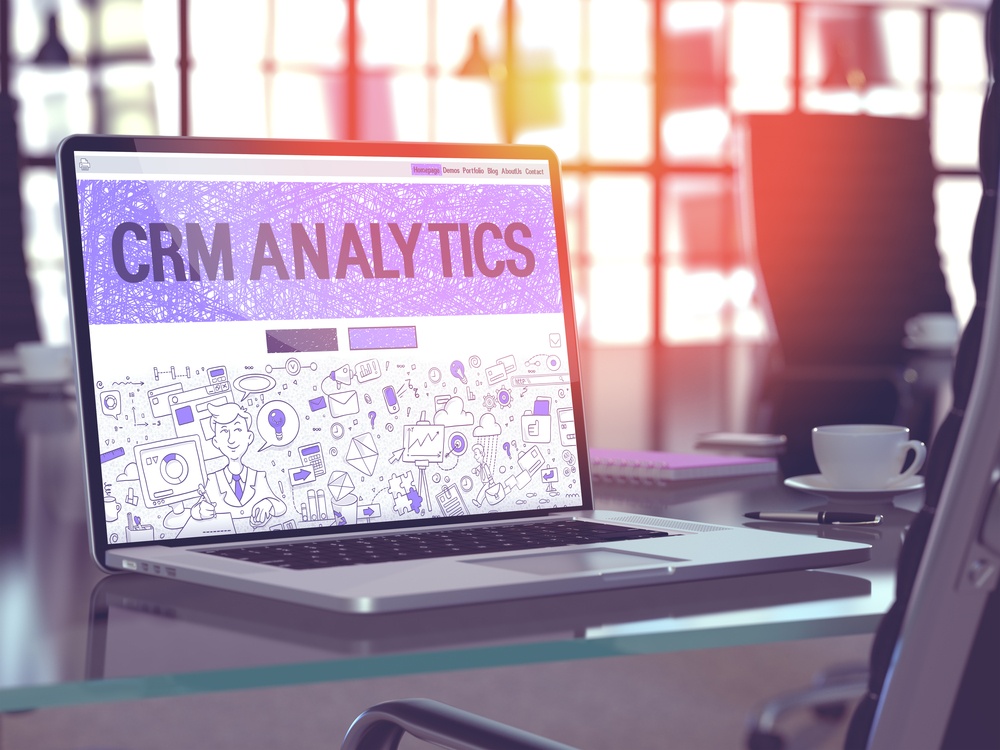Microsoft’s Power Platform: the ‘what,’ ‘how,’ and ‘why’ explained!


As part of a strategy change, Microsoft introduced the Power Platform last year. The main question: What does it entail and why is it important to you?
Changing course, taking the plunge: on to one complete solution
Traditionally, there was a clear distinction between CRM and ERP systems. But two years ago, Microsoft changed course: the software giant decided to switch to one solution. This overarching system was called ‘Dynamics 365.’ Under the surface, however, two different systems continued to exist: a CRM system and an ERP system.
To bridge the gap between the two worlds, Microsoft developed the Power Platform. The idea behind it is to work in increasingly easier ways and be able to adjust the software according to your preferences. But what does the Power Platform entail?
Three fundamental pillars were established with the introduction of the Power Platform: PowerApps, Microsoft Flow, and Power BI. They all run on a single generic database. What this means? Microsoft has truly taken the plunge, offering one complete solution for everyone. But why?
More empowerment, less diversity
First, Microsoft doesn’t want you, the customer, to depend on a company with specific in-house expertise. This doesn’t mean you’ll suddenly be able to complete every step independently. But if those who have some IT knowledge delve into the Power Platform, they should be able to work with it in a month. If you don’t have an employee like that, you can hire a party that has adapted to the new Microsoft strategy.
Another reason why Microsoft has introduced a complete solution is that it wants to get rid of the range of system versions and all the customizations built on it. Within the framework of the Power Platform, it’s possible to customize things. With each update, all customizations are automatically transferred to the latest platform version. This doesn’t require any actions from you, the user! You’ll avoid a lot of costs because you’ll no longer have to migrate all your customizations to a newer version.
Curious to know more about the ins and outs of the Power Platform? In our next blog, we will explain the 3 pillars this complete solution is built on.
Do you want to follow one of our Power Platform trainings? Click below to get more information:
- Microsoft Power Platform Fundamentals
- Microsoft Power Platform Test and Deploy
- Microsoft Power Platform Integrations
- Microsoft Power Platform Examenvoorbereiding
- Microsoft Power Platform Automation



